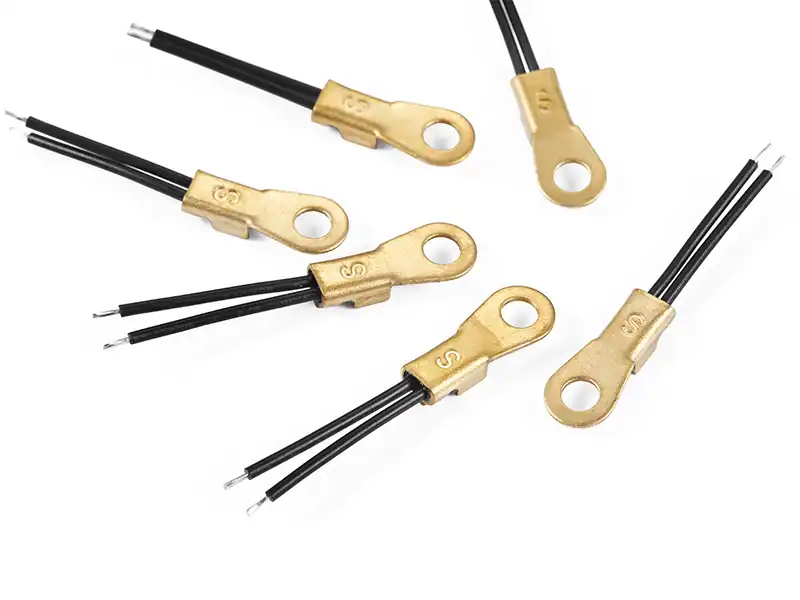Messi Biology states that magnesium oxide is commonly used as a filling material in temperature sensors, primarily due to its excellent thermal stability and electrical insulation properties. Magnesium oxide, as a filling material in temperature sensors, has significant advantages and broad application prospects. By rationally selecting and using magnesium oxide filling materials, the performance and reliability of temperature sensors can be further improved.

I. Characteristics of Magnesium Oxide
- Thermal Stability: Magnesium oxide can maintain structural stability at high temperatures without easily decomposing or deteriorating, making it an ideal filling material for temperature sensors.
- Electrical Insulation: Magnesium oxide has good electrical insulation properties, which can prevent current leakage or short circuits, ensuring the accuracy and reliability of temperature sensors.
- Chemical Inertness: Magnesium oxide does not easily react chemically with other substances and can resist the erosion of most chemical substances, making it suitable for temperature sensors in various harsh environments.
II. Role of Magnesium Oxide in Temperature Sensors
- Heat Conduction: As a filling material, magnesium oxide effectively conducts heat, enabling the temperature sensor to respond more quickly to temperature changes.
- Protection: Magnesium oxide, filled inside the temperature sensor, can prevent external substances from eroding and damaging the sensor, thereby extending the sensor’s service life.
- Improved Accuracy: The filling of magnesium oxide helps reduce air gaps and thermal resistance inside the temperature sensor, thereby improving the sensor’s measurement accuracy and stability.
III. Application Examples of Magnesium Oxide in Temperature Sensors
As an example, a certain temperature sensor uses magnesium oxide as an insulation and filling material inside. This design makes the sensor have very fine thermocouple wires, which are easy to bend, and can maintain good performance even under special conditions such as vibration loads. In addition, the filling of magnesium oxide also improves the corrosion resistance and service life of the sensor.
IV. Precautions
- Purity: The magnesium oxide used for temperature sensors should have high purity to reduce the impact of impurities on the sensor’s performance.
- Particle Size: The particle size of magnesium oxide should be moderate to ensure uniform filling and does not affect the thermal conductivity of the sensor.
- Process: During the filling process, the process parameters should be strictly controlled to avoid the formation of bubbles or voids inside the sensor, which could affect the sensor’s accuracy and reliability.
